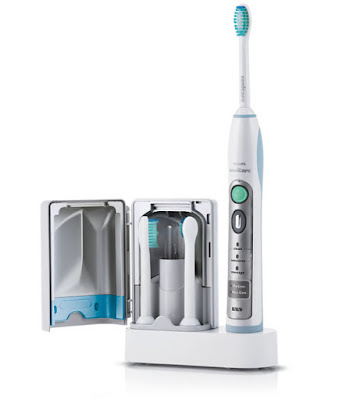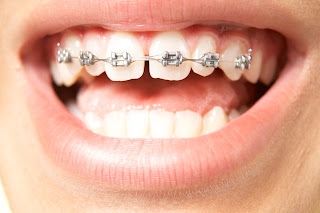The biological response rate of each individual is different. Some people's teeth move faster than others. Then there are factors like the severity of the bite as well as the compliance of the individual toward attendance, wearing appliances and taking care of the braces.
Despite certain factors that you cannot control, there are things you can do to avoid setbacks and speed up your treatment time. Below is a list of things that you can do to keep your treatment on track:
- Keep your appointments. Missing appointments will delay treatment length. At each adjustment visit, treatment plans need to be renewed and monitored. Canceled or postponed appointments will delay treatment time.
- Show up to appointments on time. When you are late, there is often not enough time do all the procedures that were planned.
- Watch what you eat and avoid hard foods. While wearing braces, you need to follow the diet restrictions that your orthodontist recommends. You must avoid eating hard and sticky foods, such as gum, caramel candies ice chips, apples and carrots because they will cause the brackets to come off. Loose brackets will delay treatment completion.
- Wear your rubber bands. If your treatment requires you to wear rubber bands, you have to comply and wear elastics full time in order to finish your treatment on target. If you do not wear the rubber bands as recommended, your bite will not finish beautifully.
- Wear your orthodontic appliances. As with rubber bands, you may be required to wear appliances, such as bite plate, expander, headgear or facemask. You need to wear these appliances daily and follow the instructions that are given to achieve optimal results.
- Wear your mouth guard during sports activities. To protect your lips and gums, and avoid damage to your orthodontic appliances, wear a mouth guard during sports activities. By avoiding emergency visits and unexpected procedures, your treatment will progress quickly.
- Brush and floss daily. Whether or not you are wearing braces, you need to brush your teeth. However, while wearing braces, it is even more important to brush and floss thoroughly to avoid cavities and periodontal problems. With braces, there are more surfaces for food, plaque and bacteria to bind to. Dr. Phan recommends five minutes of brushing three times a day and after each meal to avoid cavities, gingivitis and bad breath. The rate of teeth movement drops significantly in the presence of plaque, bacteria and swollen gums. Thus, clean teeth means more efficient tooth movement.
- See your general dentist two to three times a year. Many times, parents mistakenly think that their child does not need to see a general dentist during braces treatment. However, the opposite is true. Orthodontists and general dentists have different sets of exams, x-rays and treatment plans. For example, your general dentist takes specific x-rays and performs specific exams to check for cavities, deep pockets and bone and gum attachment. If you don't have frequent cleanings, your gums will swell up and bleed, and this effects the rate of tooth movement. Since teeth move slower in the presence of gingivitis and gum disease, by maintaining healthy teeth and gums, you can finish orthodontic treatment more quickly.
Our goal is to give you a radiant smile in the shortest treatment time! Visit our website at www.CareOrthodontics.com.






















